Do you remember running through the sprinkler in the yard as a kid? There is this intrinsic joy derived from splashing in the sunshine and water play is a key childhood experience. Municipal and waterpark designers know this; which is why ‘water play’ features are so common, and why companies like WhiteWater have been manufacturing them for decades.
What you may not realize is that water play is also a developmental activity for children and that is why those play structures are designed by childhood experts – perhaps not what you’d expect from the world’s largest manufacturer of water park attractions. WhiteWater has been working on perfecting the experience of playing with water since 1980 by building the perfect team equipped to do so.
Creating an exceptional team was not by accident. Throughout WhiteWater’s 35 years in business, industry experts, visionaries, and creatives have joined the organization to contribute to developing exceptional products and bringing interactive water play to the industry. Building that team has been a result of staying ahead of the trends in water play by hiring the talent to lead the market. Careful hiring practices, innovative screening processes and a collaborative approach to human resources has allowed WhiteWater to build the team that effectively brings laughter to waterparks and aquatic facilities all over the world.
Creativity doesn’t work nine to five; flexibility is key
During an in-depth interview with Rick Briggs, the inventor of the Tipping Bucket and mastermind behind the original multi-level water play structures, we uncovered how he fosters creativity within his design team to continue innovating the next big thing in water play. We also caught up with WhiteWater’s human resources team to learn about all the changes recently made in how they decide if a candidate is the right fit.
WhiteWater’s creative design team is spread all over the country with much of the team working remotely. Remote teamwork can be highly challenging when it comes to collaboration, but as it turns out, it’s actually a great advantage.
“Working independently in different locations means we are surrounded with different influences and get the space needed to focus on our specific projects. This also means when we come together, we come with different perspectives to share, and we help each other by collaborating to solve challenges together,” explains Briggs. The design team attends weekly sessions to discuss their current projects and they use the time to bounce ideas off each other, dive into individual projects and celebrate successes. Briggs finds these sessions invaluable to the creative process, “This is where a lot of the magic happens, we can come up with great things on our own but having broad perspectives on a challenge we’re facing can open up a new ‘can’ of ideas or solutions.”
The team is able to problem solve as a unit; making sure that everyone is heard and judgement stays far away from the weekly sessions. Outside of the weekly sessions, the team is left to work on their own time and in their own space and never feeling ‘cut off’ because they chat online using tools like Skype. “There’s actually a huge benefit to working remotely. Creativity doesn’t work Monday to Friday, 9am to 5pm; however, our head office does. We define our work by our results,” says Briggs, “one individual might have more creative juices flowing on Saturday at 9pm whereas others may be early risers, finding their most effective hours before the sun rises.”

Getting the right people on the bus, and it's heading towards innovation
Creativity may seem like it should be at the top of the list when considering key characters members of the creative team should possess, but it’s not. Rick Briggs seeks to work with individuals who are committed to their ideas: “Having a commitment to implementation and execution of an idea is just as important as the idea themselves. We like to joke about a formula we use for product development: its 5% inspiration and 95% perspiration.”
WhiteWater’s hiring process has adapted in the last few years to become more effective in screening for the characteristics WhiteWater looks for in a candidate. It can be difficult to qualify a candidate, but modern tools help predict success and build a 360 degree view of a potential hire. “The traditional way of hiring used to be matching a candidate's resume to a list of essential skills, essentially ticking the boxes of a list,” explains Alda Law, WhiteWater’s Human Resources Manager. “We used to simply check the boxes but now we focus more on behavioral and character attributes instead of hard skills alone.” Working in a large and matrixed organization means talent and experience alone is not enough to be successful – above all you need to be a collaborative team player. We’ve probably all seen gifted people in the workplace not achieve their potential because they don’t have the right attitude to working with others.
Coleen Hunter, the HR team’s Director, has lead the charge with her team at her side to a new way of recruiting, leveraging new tools, online assessments and a more collaborative approach to screening. “We’ve had a total shift in thinking in regards to our hiring process. It seems to defy the logic of traditional hiring: it takes longer and it seems counterintuitive, but when you think about it logically it makes sense.” Hunter and her team recently hired a new Marketing Director and explains how their shift in thinking seemed slightly backwards: “You need a Marketing Director to be creative but that characteristic was near the bottom of our list because even more importantly you need someone that is accountable and has strong leadership,” Coleen describes.
It’s difficult to hire using quantitative metrics when measuring “creativity” in a candidate. Characteristics such as collaboration, accountability, communications, and initiative are great indicators of potential success. Law shares that “it’s hard to screen someone for ‘creativity’ but if they are a good fit for the company and are engaged in their work, they’ll naturally be an employee who succeeds and can make a difference through their work.”
A secret weapon used within WhiteWater to hire the right person for the right job is a single question. Asking the question, “Why do you want to work at WhiteWater?” can be a key indicator to measure the passion they have for the role and for the organization.
“Our awesomely-fun water play attractions are a by-product of our engaged employees,” says Hunter. “It’s our job to hire the right people who will commit themselves to producing the best possible product that is operationally efficient and helps our clients succeed.”

What does Successful Water Play Look Like?
The world of water play is full of interactive elements such as water cannons, jets or spray umbrellas that make up a splash pad or could be a play structure that has multiple levels and interactive elements throughout, even waterslides! With his years of experience, Briggs knows what makes water play successful: “Good water play spans all age groups, offering thrills for older kids and calmer areas for young tots, all while mom and dad lounge in the surrounding areas or follow along within the structure.”
“Water play is not much different than playing in a playground, but there is an advantage over dry playgrounds because we can create cause and effect activities,” explains Briggs, “this provides new opportunities for interaction in a way that could never be achieved in a dry environment. For example, in a playground you couldn’t push a button and have sand spray out, but a wet environment allows features like that.” Water play can provide a facility’s guests with a deeper level of engagement and more opportunities for development and learning.
Wet or dry playgrounds both fill similar needs, but an environment with water offers much more flexibility and variability. Playgrounds are all about variety, keeping kids engaged by providing constant stimulation through activities within the structure. Ensuring variety is just as important when designing a water play landscape to keep families engaged and within the aquatic facility for longer.
The Evolution of Water Play and what’s next
Water play has become increasingly important throughout the last decade. Clients have recognized the role of interactivity within their waterpark. Slides are great fun, but a park needs to offer a variety of experiences and interactive play is a core part of the product mix. “With an interactive play structure, guests can choose how they play, children’s imaginations can run wild and families end up staying longer in the park to play together,” says Briggs.
Storytelling is also becoming more prominent throughout the aquatic industry with play structures leaning heavily on theming to engage guests on multiple layers. There’s been a surge in including popular brands within waterparks and we shouldn’t expect that to come to halt any time soon.
Water play has evolved to include large structures that provide the experience of a full-fledged water park in an all-in-one structure with a pool underneath, an expansive beach area, multiple areas for different aged kids and of course water slides. This development helps an aquatic facility attract a broader audience with a waterpark feel but within a compact footprint.
The inclusion of water play in general; including water play in plans and designs from the beginning of a project has definitely become prominent throughout the community aquatic industry. No longer does a pool alone meet the expectations of the community or allow aquatic facility owners to be competitive with other recreational activities offered. Water play and waterpark attractions are a great way to differentiate.
Great water play experiences are a bi-product of engaged employees hiring engaged employees will naturally improve internal processes resulting in higher quality products and in turn happier customers. Human resources is an ever evolving practice, as is the development of water play. WhiteWater is evolving the two alongside each other to keep the creative juices within the development teams flowing smoothly.

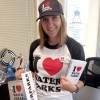
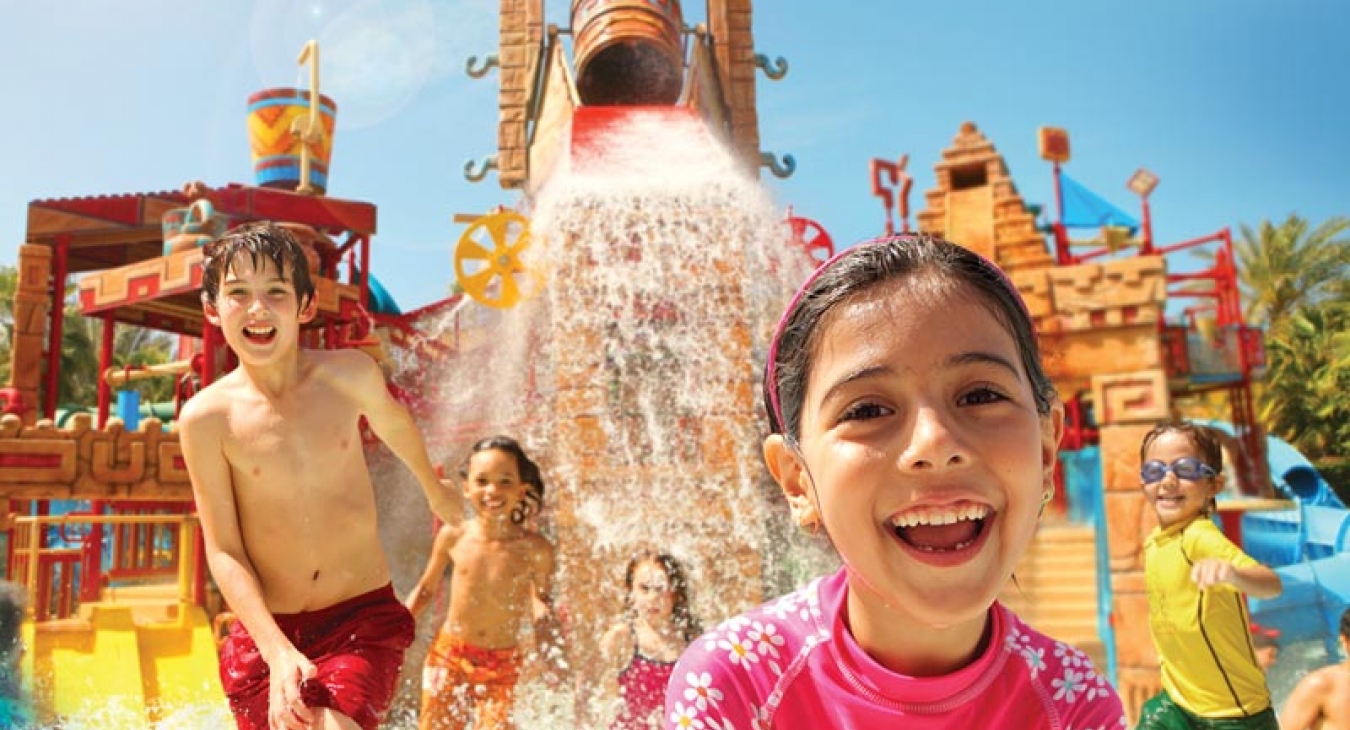
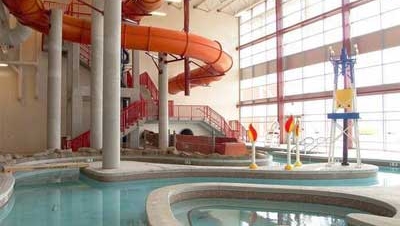





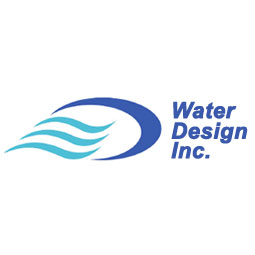
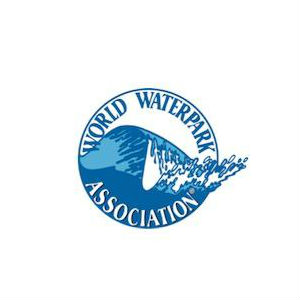

Add new comment